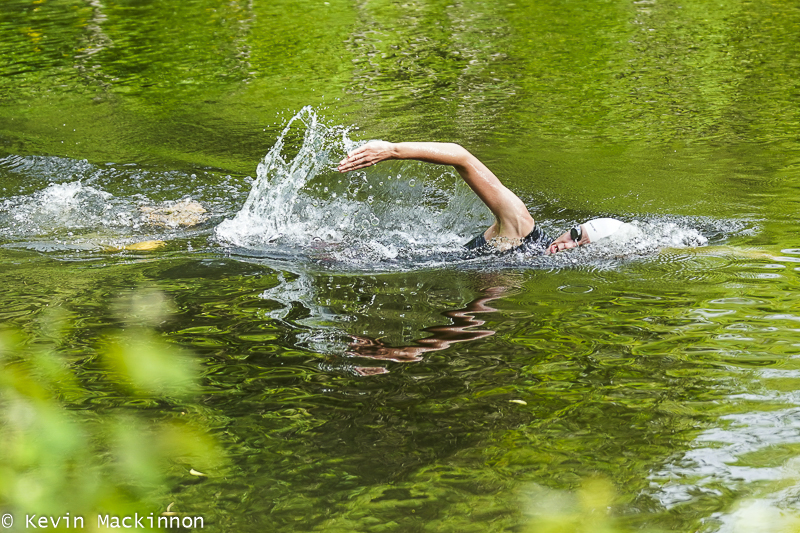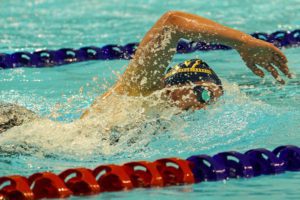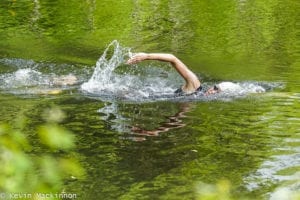Is pool swimming safe?
The chlorination levels in our local pools do inactivate COVID-19 and other viruses. Here is a simple ten-step checklist for when you beginning attending public lane swim hours.
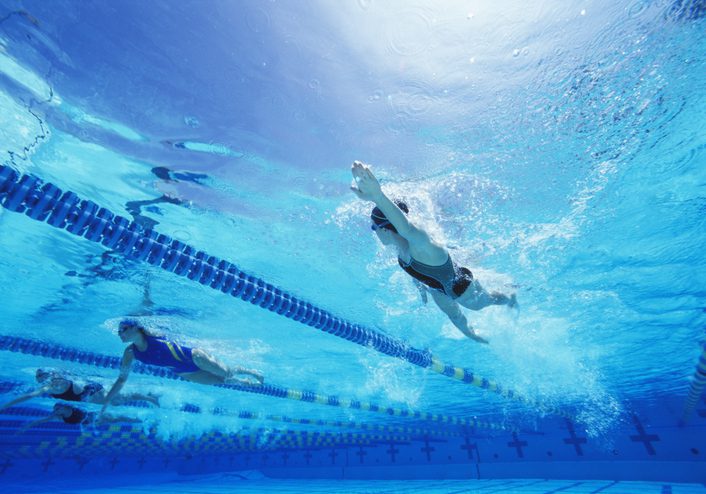
Summer has officially come to an end with the autumn equinox on September 22nd. And, with that, the open water swim season is also coming to a close. With more indoor pools opening, lane swim hours will be popular among triathletes. However, a question may remain for many, “is swimming safe?”
Most, if not all, sanitary pool facilities use chlorine. In a document published by the World Health Organization (WHO) and CDC, the recommended chlorination level for drinking water is 15 mg.min/litre. (For example exposure to 0.5 mg/l free chlorine for at least 30 minutes). Which is sufficient to kill non-enveloped viruses such as poliovirus, rotavirus and coxsackievirus. Enveloped viruses, like COVID-19, are inactivated at even lower levels. For swimming pools, the common practice is to maintain a chlorination level of at least 1.0 mg/l. This practice has been found to disinfect pools and inactivate the COVID-19 virus, among other infections.
Related: Professional triathletes share how they are coping amidst the pandemic
While this is good news that swimming in a chlorinated pool does not increase your chances of contracting COVID-19, it does not excuse ignorance of restrictions, distancing and proper hygiene. There was always a call for proper etiquette when joining public lane swim hours, but now there is a call for diligence and respect.
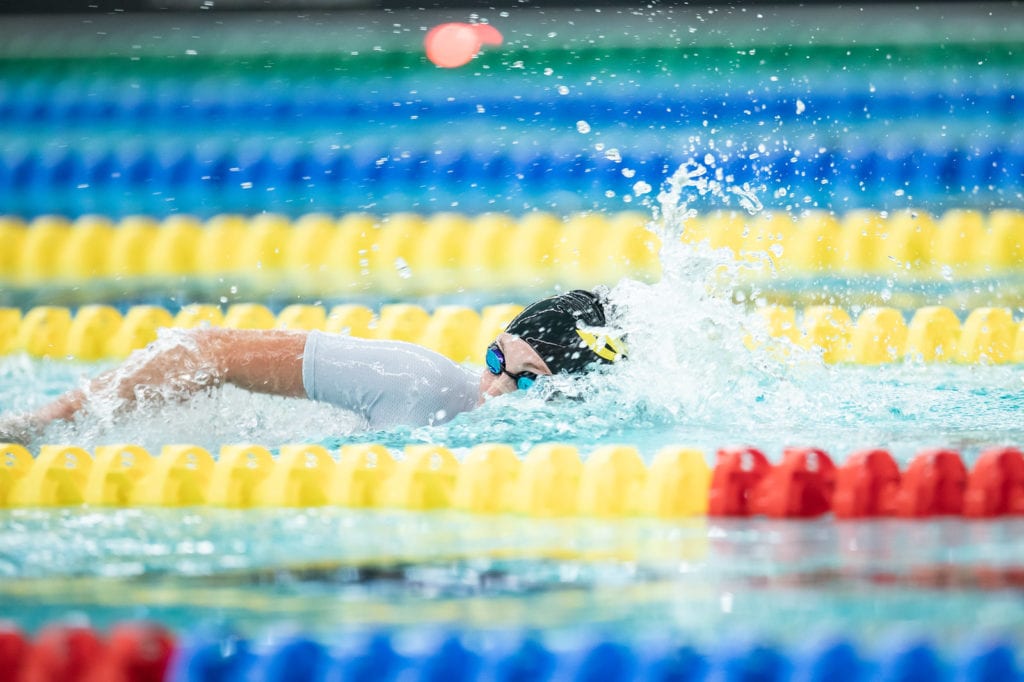
Here is a simple ten-step checklist for when you beginning attending public lane swim hours.
- Before arriving at the pool make sure you have signed up to one of the allotted lane swim times.
- Before entering the facility, wear your mask and wash your hands.
- Complete the COVID-19 symptom checklist and contact information.
- Space out in the change rooms. If possible, wear a mask until you jump in the water, put your mask in a plastic bag so it doesn’t get wet when left on the pool deck.
- Shower before jumping in the pool.
- Respect others and give lots of space between yourself and others.
- Shower after exiting the pool.
- Wear a mask as you exit the facility.
- Discard any waste and remember to wash your hands.
- Clean and disinfect any clothing or equipment that may have come in contact with surfaces or another person.
Related: Lane swimming etiquette amidst COVID-19
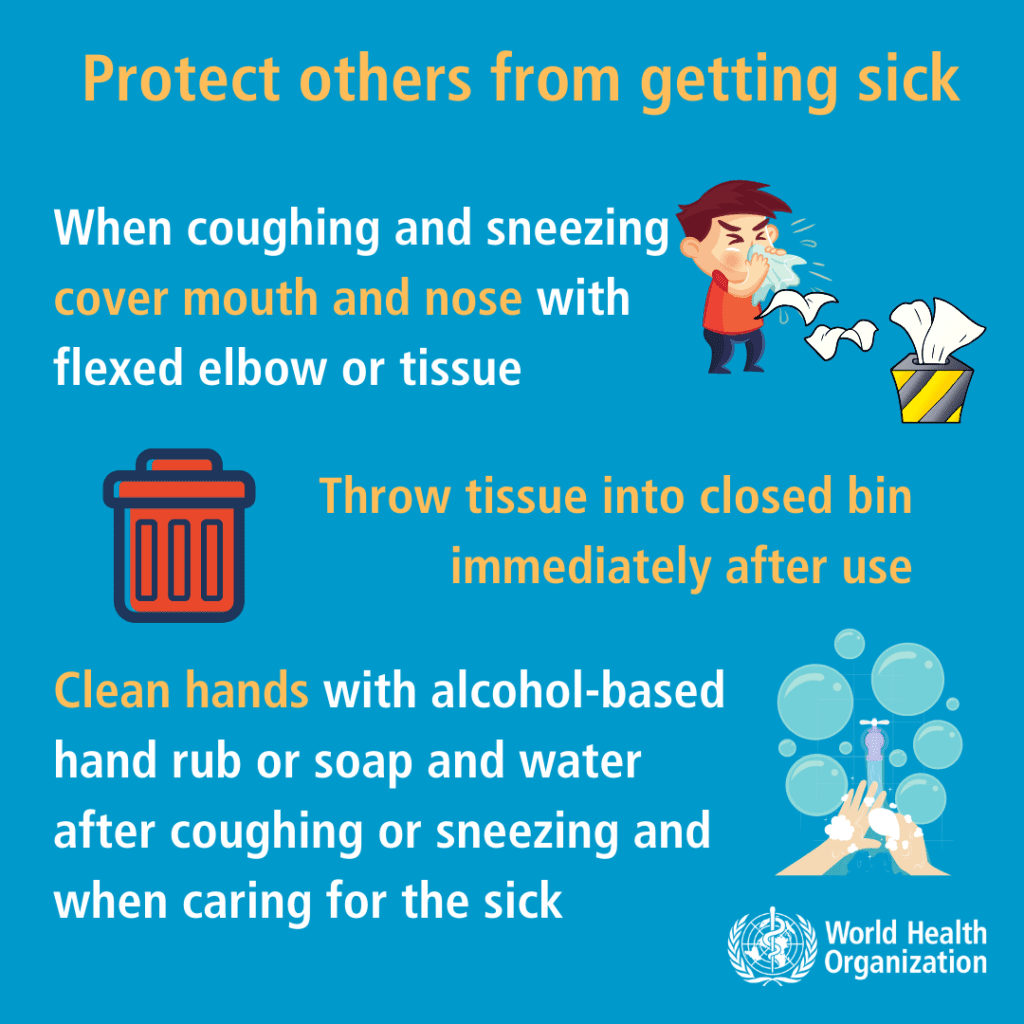
Now, just because pools are back, it doesn’t mean you should be lining up for the next lane swim session. It is important to be educated on COVID-19, restrictions and what your local swimming pool and municipality are doing to ensure sanitation and distancing protocols. All activities we engage in will care some risk – going to shops, getting the groceries or going to the pool – what is important is being sensible and respecting guidelines in place. So whether you have been going to lane swim hours since they opened or eager to get back in the pool, or even fine with waiting, take your time to be informed.

